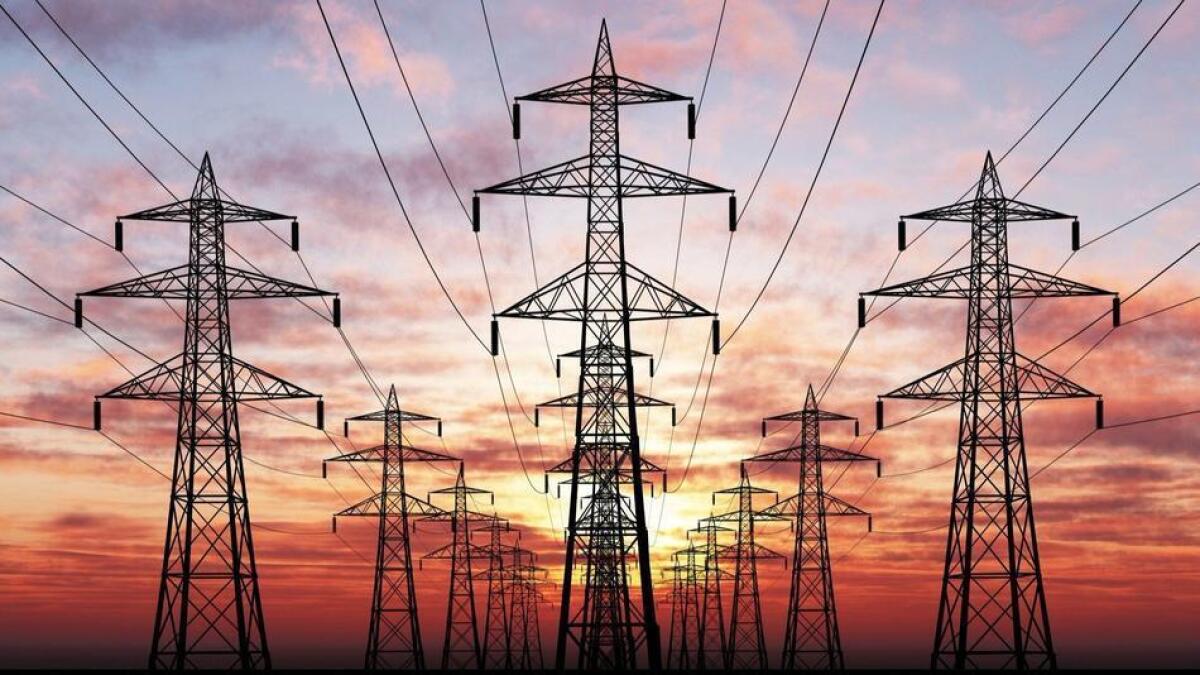Why coal is a big part of the debate over California moving into a regional power grid

A bill that calls for expanding California’s power grid to include other states in the West is sparking concerns that a regionalized grid would benefit the coal industry, especially in other states in the West where coal makes up a much larger percentage of the power mix.
In particular, opponents point to President Trump ordering the U.S. Department of Energy this month to take “immediate steps” to prevent closures of coal — as well as nuclear — plants across the country.
“It raises serious questions about whether California is wise to give up control over its grid operator and to expand the footprint to include a huge pool of dirty resources,” said Matthew Freedman, staff attorney at the Utility Reform Network.
But Ralph Cavanagh, co-director of the Energy Program at the Natural Resources Defense Council, supports the wider electricity grid and contends “there would be less coal if we had full integration” into a power system that would include multiple states.
Under Assembly Bill 813, the California Independent System Operator would expand to include system operators in as many as 14 states in the West. Cal-ISO oversees about 80% of California’s electricity consumers and 26,000 miles of transmission infrastructure.
Coal use has been in decline across the country, and in California, coal is quickly headed toward near-extinction.
In-state coal-fired generation in both 2015 and 2016, according to the California Energy Commission, made up just 0.2% of the state’s electric load. Only one coal-fired plant remains in operation in California — the 63-megawatt Argus Cogen plant in the town of Trona in San Bernardino County.
California does import electricity from coal-fired plants in other states but in 2016 the amount came to 4% of total generation. The Energy Commission expects imports to drop to zero by 2026.
Other states in the West, such as Utah and Wyoming, produce and consume much larger amounts of coal.
Wyoming, for instance, is the largest producer of coal in the nation and is one of the states in consideration to take part in a regional grid system. At the same time, Wyoming is home to a healthy wind-power sector, ranking 16th in installed capacity.
And a utility with business units in six states in the West — Oregon-based PacifiCorp — derives nearly 62% of its energy resource mix from coal-fired power plants.
PacifiCorp last year announced a 20-year plan to sharply reduce its reliance on coal and increase investments in renewables and energy efficiency.
The pros and cons
Regionalization supporters say an integrated western grid would mean California could send the surplus of renewable energy the Golden State produces to states such as Utah and Wyoming.
“California wind and solar is increasingly being curtailed in the middle of the day because we don’t have enough load to take it. So we’re turning off the plants,” Cavanagh said. “We could be moving that power out to Wyoming and Utah and giving them lower-cost power and allowing them to run their coal plants less.”
Critics are not as sanguine, saying that unless a regional grid is designed correctly it could encourage power companies in other states to do just the opposite — extend the lives of the coal plants.
“If the California ISO were to expand, one of the first candidates for admission is PacifiCorp,” Freedman said. “Putting those [coal-fired] units to the ISO would immediately provide a road map for the Trump administration to force California customers to subsidize legacy coal-fired generation.”
On June 1, Trump called on the Department of Energy to order grid operators to buy electricity from coal and nuclear plants now at risk of shutting down because of cheaper energy provided by natural gas and renewable sources.
Since coal and nuclear facilities can stockpile 90 days of fuel, the Trump administration cited the directive as a way to enhance national energy security in case of an emergency.
Cavanagh called the order a “preposterous effort” to “bail out un-economic power plants” but said having California in a regional grid would offer an extra layer of protection from the federal government.
“If you’re worried about the Trump administration, you don’t really want to be an independent system operator that is almost all California,” Cavanagh said. “It puts a big target on our backs. We’d be better off with some partners.”
Who likes it and who doesn’t
Environmental groups are divided over the regional grid bill. The Natural Resources Defense Council and the Environmental Defense Fund are among those in favor; the Sierra Club and Food & Water Watch and others have come out against it.
Consumer advocates such as Consumer Watchdog and San Diego attorneys Michael Aguirre and Maria Severson are opposed to the bill, with the lawyers saying in a letter to California Sen. Ben Hueso (D-San Diego), chair of the Senate Energy, Utilities and Communications Committee, that the bill would lead to energy market deregulation, “leaving Californians at the mercy of speculators.”
Cal-ISO and Gov. Jerry Brown support the legislation. In 2016, Cal-ISO released a study concluding, “a regional renewable energy market will benefit all of California” and result in higher statewide real disposable income of $300 to $550 per household by 2030.
Freedman said TURN is not opposed to the state coordinating with other electricity markets in the West but listed a number of issues with AB 813.
Among them, concerns that California regulators and agencies would have no more say in the running of the regional grid than stakeholders from other states and that leaving the agreement would be difficult and costly.
“This is not a binary choice,” Freedman said. “There are a lot of different flavors of regional coordination we think the state should be pursuing.”
AB 813 made it through Hueso’s committee last week on a 6-1 vote, but in an indication of how sensitive the topic is, four lawmakers did not record a vote, including Hueso.
The bill passed the Senate Judiciary Committee on a 4-1 vote Tuesday, with two committee members not recording votes. The legislation now moves on to the Senate Appropriations Committee.
rob.nikolewski@sduniontribune.com
More to Read
Inside the business of entertainment
The Wide Shot brings you news, analysis and insights on everything from streaming wars to production — and what it all means for the future.
You may occasionally receive promotional content from the Los Angeles Times.











